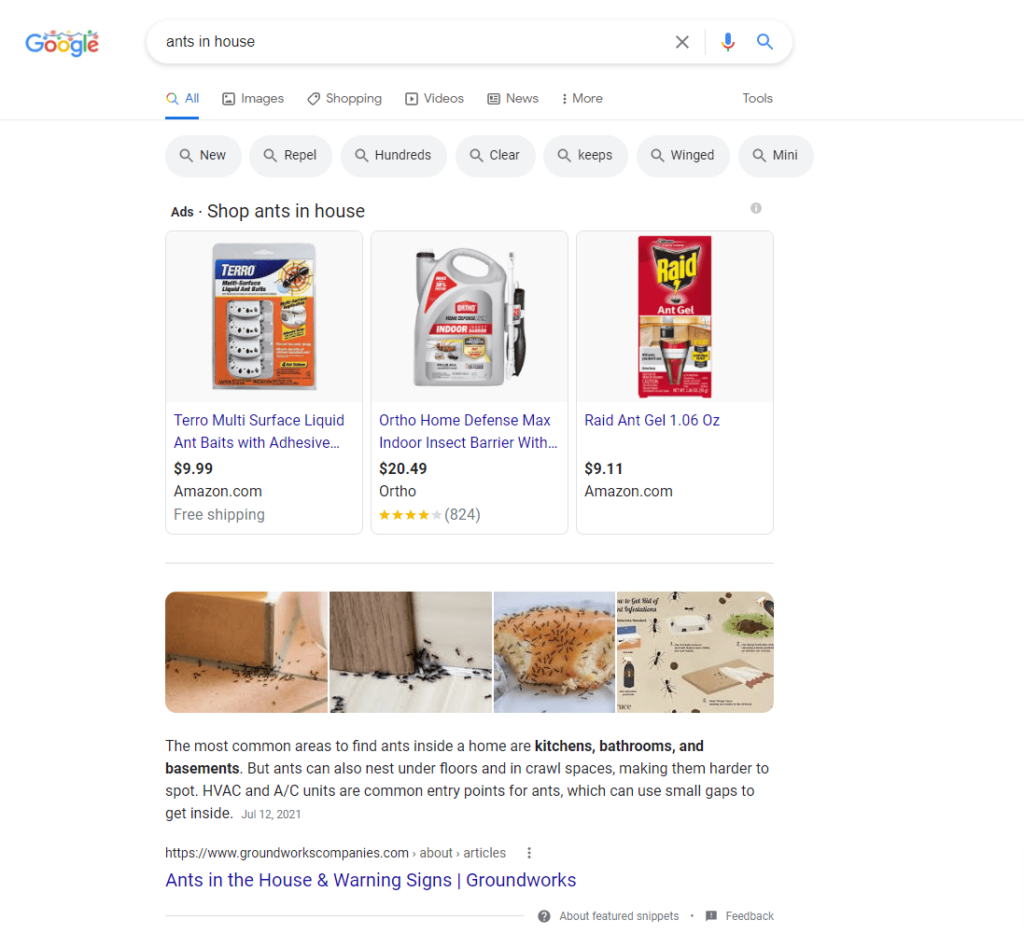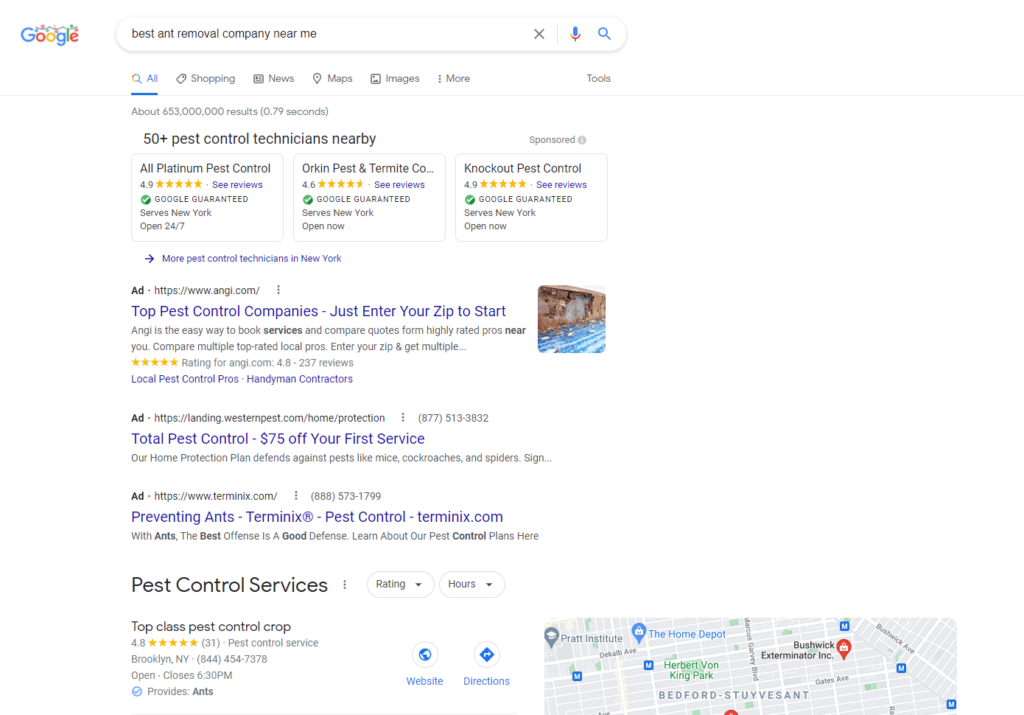You may have heard of buyer intent, but what is it? And how do you measure a somewhat intangible concept in a concrete way? We’ve laid out everything you need to know about buyer intent data and how it can benefit your marketing, sales, and customer success teams.
What Do We Mean by Buyer Intent?
When we talk about buyer intent, what we’re really talking about is anticipating a buyer’s purchasing decision before they make it. Before someone makes up their mind about what type of product they need or what brand they want, they go on a quest for information to help inform their decision. In marketing, we call that quest the buyer’s journey. In its most basic form, the buyer’s journey has three stages:
Stage 1: Awareness Stage
A prospect is beginning to realize they have a problem or starting to recognize an opportunity.
Stage 2: Consideration Stage
A prospect has defined their problem or opportunity and is researching what to do about it.
Stage 3: Decision Stage
A prospect has decided on a solution or approach and is comparing their purchasing options.
Although someone in the awareness stage is not thinking about making a purchase, their behavior can tell us a lot about where their journey is leading and where they might ultimately end up.
For instance, if I notice ants in my house, I may Google something like this:

Once I realize that I have a full-blown ant problem, I’ll start researching how to solve it — and move on to the consideration stage of my journey.

At this point, I haven’t actively searched for a product, but the fact that I’ve searched for two similar topics in short succession says a lot about my intention (to get rid of the ants in my house) and what type of purchase I might eventually make (buying ant traps, hiring an insect exterminator).
Why Is Tracking Buyer Intent Important?
In today’s world, you can do just about anything without leaving your house or speaking to another human being. In recent years, that’s become true for B2B companies as well as B2C commerce. Depending on who you ask, anywhere from 67 to 90% of the modern B2B buyer’s journey is completed online before the first contact with a sales person.
So what does that mean for my hypothetical ant problem? Rather than consulting my neighbors for advice, visiting my local hardware store for recommendations, or looking up exterminators in the yellow pages, chances are I’ll rely on the internet to tell me everything I need to know. With that in mind, the less digital content an ant trap company produces, the less likely it is that I’ll find their brand as I click around the web. A company may sell the most humane, affordable, and effective ant traps on the planet, but if I can’t find any information on those subjects, they’ll remain a well-kept secret. Or worse — by the time I find out about them, I’ll be too far down the rabbit hole to change my mind.
Of course, the above scenario is an extreme example. Most companies today have a website or some degree of a digital presence. But there are other reasons why understanding buyer intent is important, even if you excel at content strategy. In addition to creating the right content for your audience, successful marketing ultimately comes down to timing. In short, it’s not enough to produce the right content. You need to ensure that the right people find the right piece of content at exactly the right moment in time.
Timing is one of the most basic and intuitive tenets of persuasion. It’s why you wait to ask your parents for a dog until after you’ve watched your neighbor’s dog for a week and proved that you’re the most responsible kid in the whole cussing world.
Now think back to my ant situation. If I received an email from an ant trap company even one day before I started researching ants, chances are I’d send that email straight to my spam folder. In addition to coming off as creepy or pushy, ill-timed marketing and sales initiatives are just plain annoying — and, of course, completely ineffectual. Once you’re exiled to the spam folder, there’s no getting out.
Understanding a buyer’s intent will help you figure out:
1) what content to share, and;
2) when to share it based on where your prospect is at in their buyer’s journey
Doing so will help ensure that your audience is ready to hear what you have to say and that your messaging resonates with their personal experience.
What Types of Data Should I Look at to Track Buyer Intent?
While keyword search data is an important piece of the puzzle, it doesn’t provide you with the whole picture. To understand buyer intent, it’s important to track a variety of online behaviors and look for patterns therein. Those behaviors include:
- What users search for (i.e. Keywords)
- What websites they visit
- How much time they spend on specific page (e.g. blog articles, landing pages, product reviews) or the amount of times they visit that page
- What content they download (whitepapers, e-books, infographics, etc.)
- Webinars they attend
- Subscriptions they sign up for (newsletter, promotions)
- How much they engage with emails, social posts, or ads
Internal vs. External Buyer Intent Data
Internal Buyer Intent Data
Internal buyer intent data refers to all the behavioral data that’s collected through your website. This includes metrics like page views, content downloads, time spent on pages, call-to-action (CTA) clicks, newsletter sign-ups, and event registrations. If you’re using a comprehensive marketing analytics and CRM platform, you can track all this data and use it to inform your lead scoring matrix.
A lead scoring matrix is a scoring methodology that takes a variety of data points and assigns a lead a numeric score based on their demonstrated fit and interest level. For a prospect to achieve a high lead score, their behavior should demonstrate a strong intent to buy your product (interest) and their basic demographic data should match one of your established buyer personas (fit). Although it’s not a precise science, creating a lead scoring matrix will help your sales team prioritize incoming leads and figure out the right communication cadence for each level.
As you attempt to identify trends and understand buyer intent, it’s important to look at the type of content being consumed and not just the stats. For example, if you see an increase in traffic to three different blog articles on your site, check to see if they address a similar topic. Creating topic clusters and adding backlinks between your site content will make it easier to recognize these patterns as they arise. It will also help your sales team nail their timing and personalize what content they share with each prospect.
In addition to sharing data with your sales team, don’t forget to loop in customer success. Just like your sales team, customer success is on the frontlines of customer communication. Sharing buyer intent data from your website can give them a heads-up about the evolving needs and challenges of your audience, and help them preemptively tailor their messaging or/or support resources to be more successful. On the flip side, customer success can also be a valuable source of buyer intent if they often interact with leads or answer questions about the product before a prospect makes a sale. Scheduling weekly departmental syncs or creating a central data hub are great ways to share insight and give both teams an edge.
External Buyer Intent Data
External user intent data refers to all behaviors that occur outside of your website. It’s typically collected through IP lookups and browser cookies on specific websites. Some external data can be user-specific, but it’s often easier to monitor buyer intent as it relates to a representative group. Doing so will help you identify trends in buyer intent as they emerge and can improve your outbound sales strategy. Similar to internal buyer intent data, external data can also help you hone your content strategy and create dynamic content and campaigns for specific accounts or personas.
Feeling overwhelmed or strapped for time? Successful marketing strategies are built one brick at a time and are constantly in flux. If you need some help establishing a sound foundation for growth or iterating on what you’ve already built, reach out to us and we’ll lend a hand.




